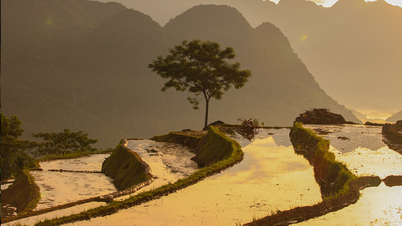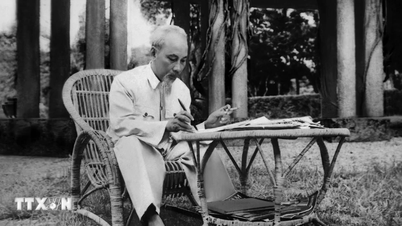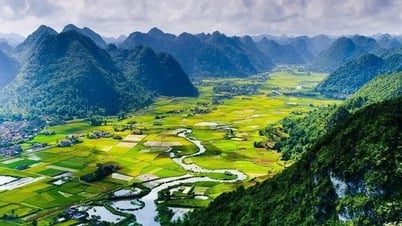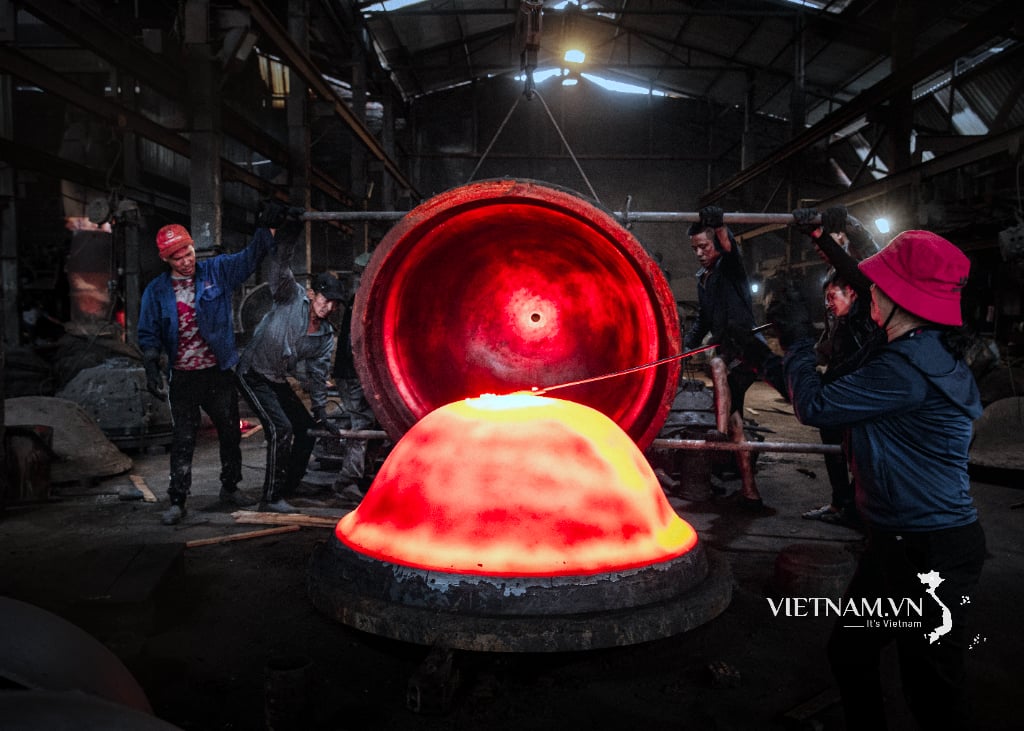The water in a lake in the US state of Hawaii suddenly turned pink, but the strange phenomenon caused more anxiety than excitement.
Staff at the Kealia Lake National Wildlife Refuge in Maui, Hawaii, have been monitoring the mysterious pink water since October 30. Scientists say drought may be the cause of the strange color and they warn against wading into the lake or drinking from it, according to the AP.
Bret Wolfe, the reserve's manager, feared the pink color might be a sign of an algal bloom, but lab tests showed that toxic algae were not responsible. Instead, a type of microorganism called "halobacteria" (salt-loving archaea) was likely to blame.

The lake water has a strange pink color, the cause is unknown.
Halobacteria are archaea, or single-celled organisms that thrive in highly saline waters. Salinity inside the outlet of Lake Kealia is currently greater than 70 parts per thousand, more than twice the salinity of seawater. Wolfe said the lab would need to conduct DNA analysis to identify the organism.
Maui's drought may have contributed to the phenomenon. Normally, Waikapu Creek flows into Kealia Lake and raises water levels there, but Wolfe said that hasn't happened in a long time.
When it rains, the stream flows into the main body of Kealia Lake, and then flows to the outlet area, where the water turns pink. This process reduces the salinity and potentially changes the color of the water.

Many people are curious to see the pink lake.
No one at the reserve has ever seen the lake this pink before, including volunteers who have been in the area for 70 years. However, the lake has experienced periods of drought and high salinity in the past. Mr Wolfe is not sure why the colour has changed now.
Curious tourists have flocked to the area after photos of the pink lake emerged on social media.
“We wanted them to come hear about our mission to conserve endangered native waterfowl and restore our wetlands. But no, they came to see the pink water,” Wolfe said, jokingly.
“If that's why they came here, then that's fine,” he said.

Scientists are still trying to explain the phenomenon.
The wetland preserve provides nesting, feeding and resting habitat for the endangered Hawaiian stilt, or aeo, and the Hawaiian coot, or alae keokeo. It is also a winter habitat for migratory birds.
Mr Wolfe said the lake's pink color did not appear to be harmful to the birds.
Because it is a wildlife refuge, people are not allowed to wade in the lake or let their pets in regardless of the color of the water. However, officials are still warning people not to enter the water or eat any fish caught there, as the origin of the color is still unknown.
(According to Thanh Nien, November 12)
Source

























![[Photo] Central Propaganda and Mass Mobilization Department meets with exemplary journalists](https://vphoto.vietnam.vn/thumb/1200x675/vietnam/resource/IMAGE/2025/6/21/9509840458074c03a5831541450d39f8)






















![[Maritime News] Wan Hai Lines invests $150 million to buy 48,000 containers](https://vphoto.vietnam.vn/thumb/402x226/vietnam/resource/IMAGE/2025/6/20/c945a62aff624b4bb5c25e67e9bcc1cb)






































Comment (0)